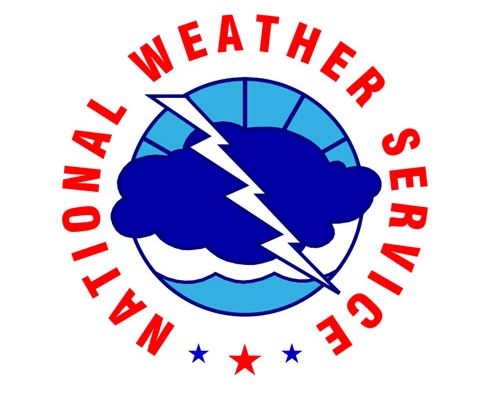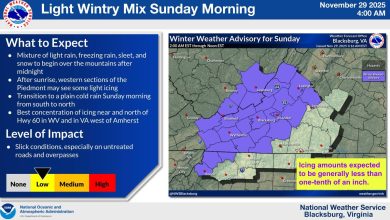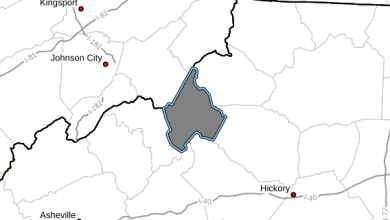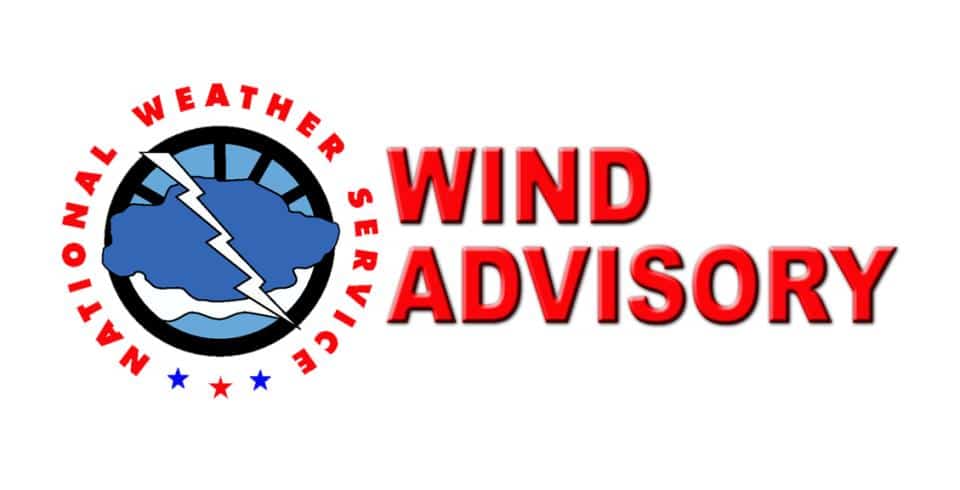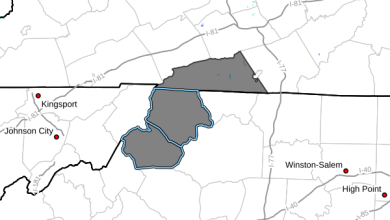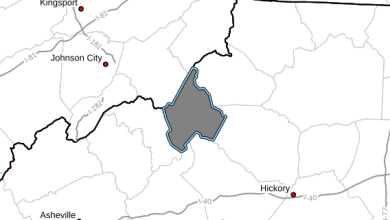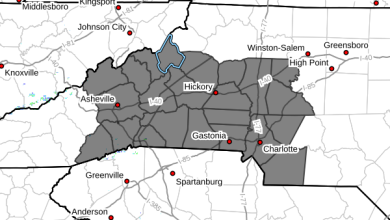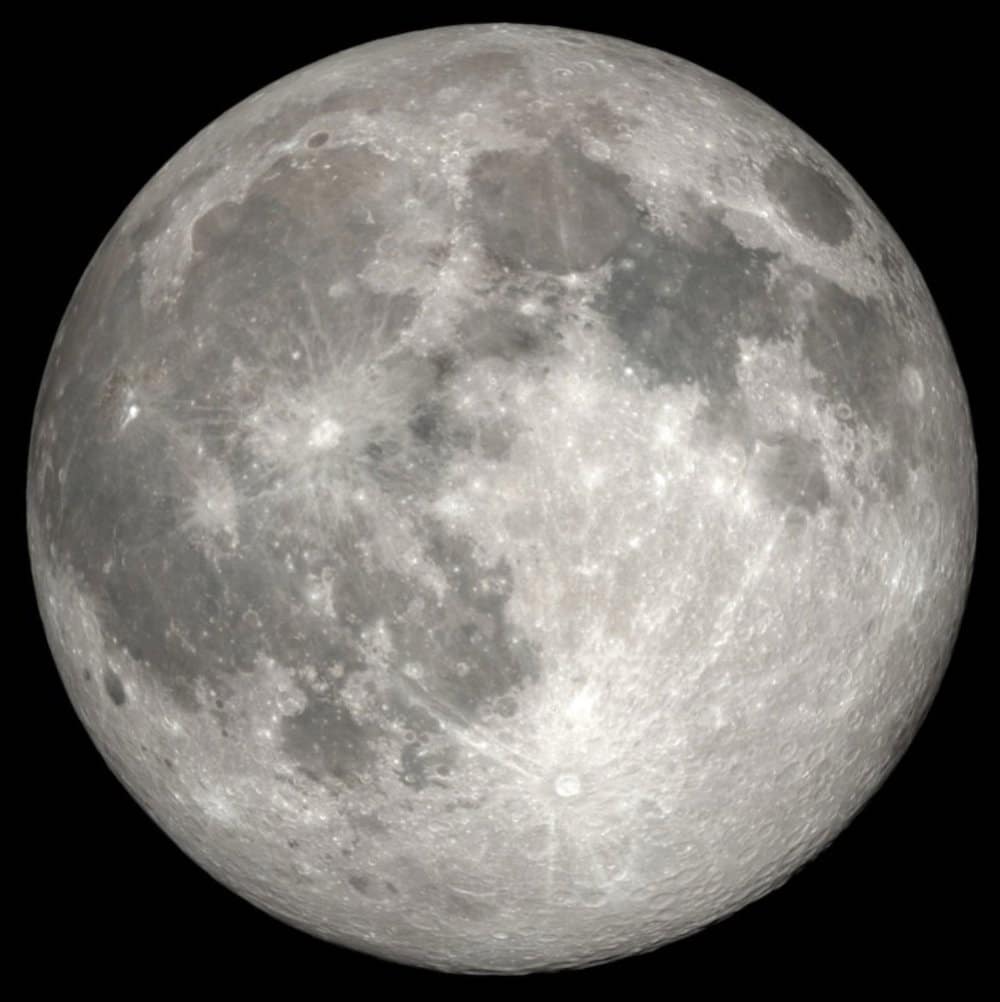
Last Updated on April 26, 2021 4:49 pm
The first supermoon of the year occurs tonight, and clear skies should allow for great viewing.
A supermoon occurs when the moon’s orbit is closest (perigee) to Earth at the same time it is full, according to NASA.
The crest of the full moon will happen tonight at 11:31 p.m Eastern, 10:31 p.m. Central, 9:31 p.m. Mountain and 8:31 p.m. Pacific, according to EarthSky.org.
The next full moon dates are – May 26th, June 24th, July 23rd, August 22nd, September 20th, October 20th, November 19th, December 18th.
For the High Country, the National Weather Service forecast calls for mostly clear skies with lows in the upper 40s. South winds around 10 mph.
Below is more information courtesy of NASA.
Fast Facts
A supermoon occurs when the moon’s orbit is closest (perigee) to Earth at the same time it is full. So what's so special about a supermoon? Turns out, it's a bit more subtle than it sounds—but for the interested observer, there's plenty to see and learn.
- The Moon orbits Earth in an ellipse, an oval that brings it closer to and farther from Earth as it goes around.
- The farthest point in this ellipse is called the apogee and is about 253,000 miles (405,500 kilometers) from Earth on average.
- Its closest point is the perigee, which is an average distance of about 226,000 miles (363,300 kilometers) from Earth.
- When a full moon appears at perigee it is slightly brighter and larger than a regular full moon—and that's where we get a “supermoon.
In Depth
The term “supermoon” was coined in 1979 and is often used today to describe what astronomers would call a perigean (pear-ih-jee-un) full moon: a full moon occurring near or at the time when the Moon is at its closest point in its orbit around Earth.
The term gives preference to the geometric alignment of Sun-Earth-Moon and allows the occurrence of perigee into a wider time period than the actual instant of perigee (up to about two weeks, which is almost half of the Moon’s orbit).
For those looking carefully, there are several things worth noting. Take a look at the lunar images from November 2016 below:
The figure’s left image was taken after moonrise, at about 6 p.m. local time when it had cleared the local, mountainous horizon. The right image was taken with the Moon near its maximum altitude that night, at about 12:30 a.m. The lines across the pair of images show the apparent difference in size: The rising moon is smaller because it was further away when it was rising. At that time, the Moon’s center was about the same distance from Earth’s center and from the observer. At the time of the second picture, Earth had rotated about a quarter-turn and the Moon was highest in the sky. At that time it was almost 4,000 miles closer to the observer because Earth’s rotation has carried the observer more directly under the Moon; Earth’s center was now farther from the Moon than the observer was. Except for the small change in distance between their centers due to the Moon’s orbital motion in those 6.5 hours, the observer’s decrease in distance from the Moon is demonstrated by the pair of photographs.
So, what makes a supermoon different?
Some lunar perigees are closer than others. The shape of the Moon’s orbit changes over time (thanks to the gravitational influence of the Sun and the other planets). Extreme perigees and apogees, or the most distant point in the orbit, happen on a predictable basis. Something that’s out of the ordinary: Having a full moon at the same time as an extreme perigee.
An extreme perigean full moon’s angular radius and diameter will appear slightly larger than it does at other full moons. Let's go back to November 13-14, 2016, when the extreme perigean full moon’s radius and diameter were:
- Less than 2 percent larger than an average perigean full moon.
- Less than 8 percent larger than the full moon’s appearance at its average distance from Earth.
- Less than 14 percent larger than the average apogean full moon. For comparison, the width of the fingernail on your smallest finger (your “pinkie”), when held at arm’s length, is about the same diameter as the full moon in the sky.
Could you measure any of these differences by eye?
Seen from Earth, the area of sky covered by the extreme perigean November 2016 full moon is greater in area by:
- Less than 4 percent compared to the average perigean full moon.
- About 14 percent compared to its appearance at its average distance from Earth.
- Less than 23 percent larger than the average apogean full moon.
Setting the Sun’s illumination of the lunar surface during the extreme perigean full moon in November, 2016 to a value 1.00000, the illumination of the Moon at:
- An average perigean full moon is 0.99996.
- An average distance of the full moon is 0.99981.
- An average apogean full moon is 0.99967.
These differences are thanks to the small differences in the Moon’s distance from the Sun. To our own eyes, the differences are indistinguishable.
Illumination of Earth’s surface by the November 2016 extreme perigean full moon was just slightly higher because the Moon was slightly closer to the Sun than usual, and because it appeared slightly larger in the sky than usual compared to other full moons. If the extreme perigean full moon provides an illumination value of 1.00000 on Earth’s surface, the illumination by…
- The average perigean full moon is 0.99991.
- The average distance full moon is 0.99963.
- The average apogean full moon is 0.99934.
Looking around you when the full moon is high in the sky and there are no other lights around, the differences in ground illumination are indistinguishable to our eyes.
High tides and low tides will be more extreme with a perigean full moon and more so for an extreme perigean full moon. The extremes are greater due to the difference in the gravitational pull of the Moon across Earth’s diameter. When the Moon is close, Earth’s diameter is a slightly larger fraction of the Earth-Moon separation. This means that the Moon’s gravitational pull on the oceans (and Earth’s crust) has a greater difference between the point on Earth closest to the Moon’s center and the point on Earth diametrically opposite it (the antipode, an-tih-pode). This increases the effects of tides. If the extreme perigean full moon in November, 2016 caused tides with a force value of 1.000000, the tidal force value by caused by…
- The average perigean full moon is 0.946493.
- The average distance full moon is 0.797740.
- The average apogean full moon is 0.678594.
Perigean high tides during full moon and new moon can cause major problems on some coasts, especially if weather adds high waves or a storm surge (due to low atmospheric pressure over the involved area).









